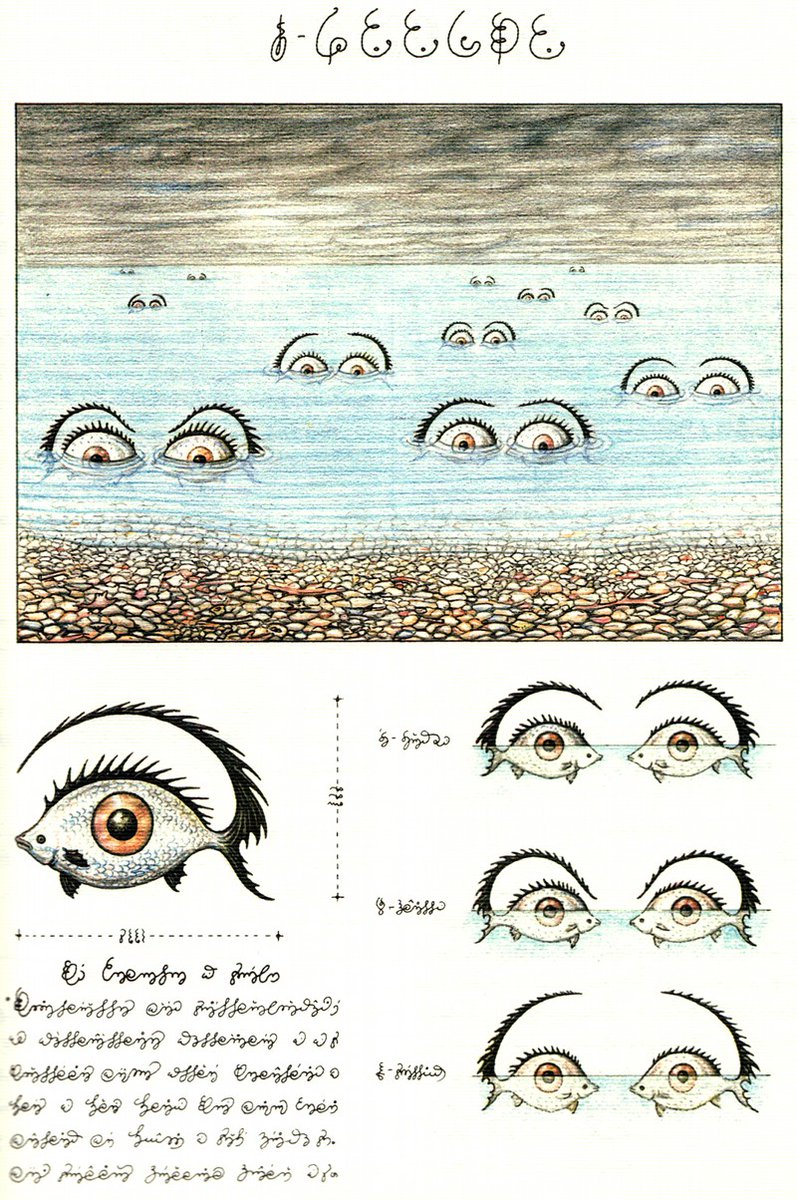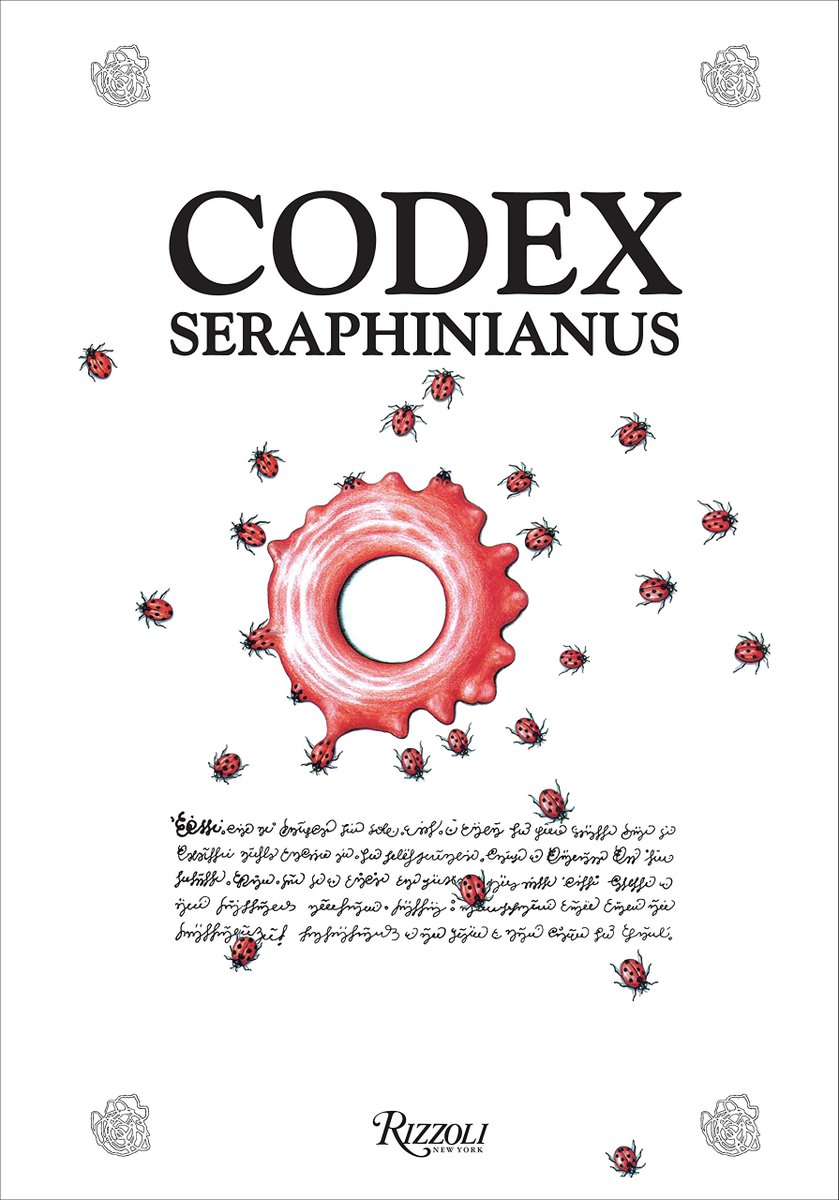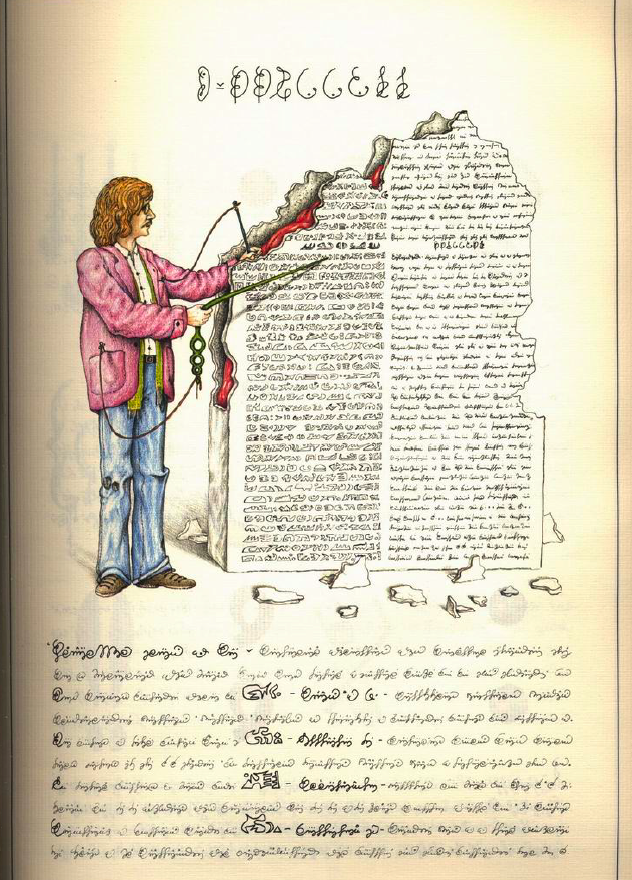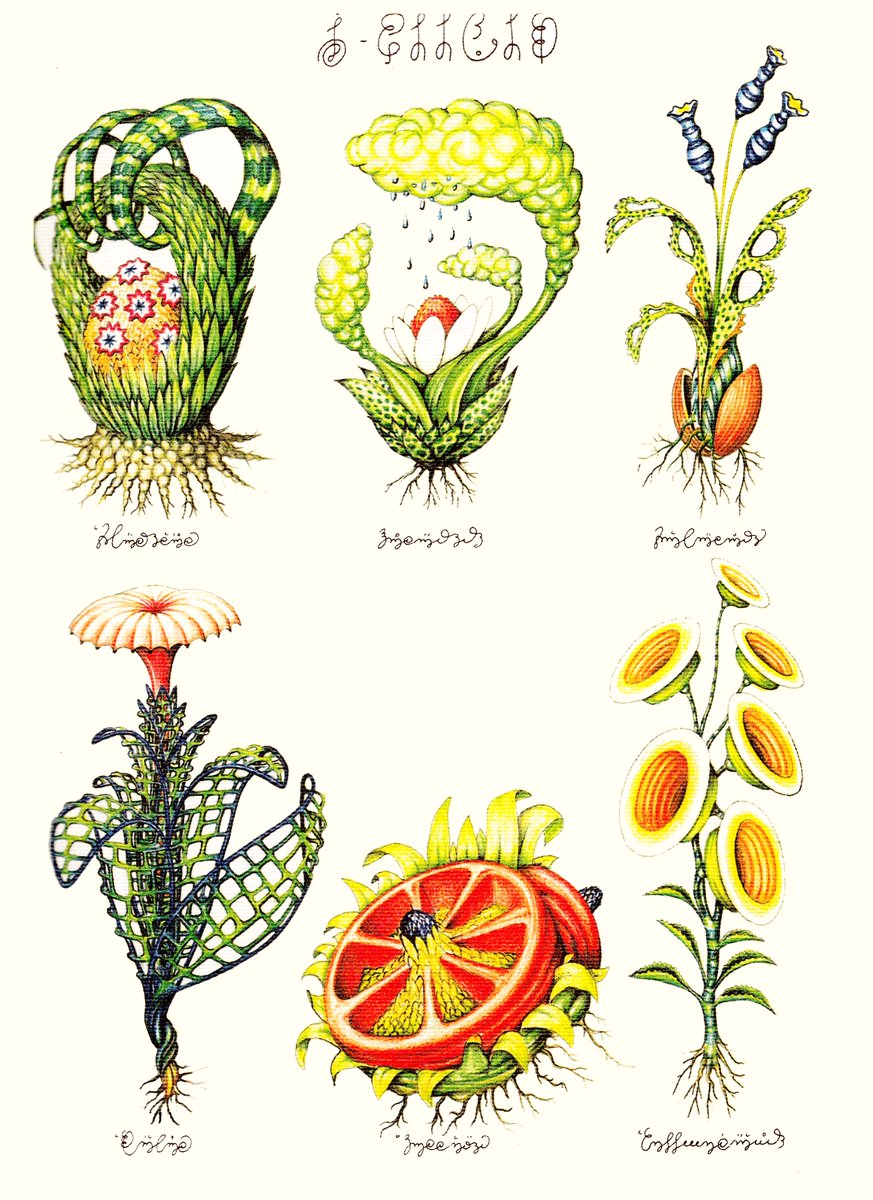Let's mark #StAndrews Day with a selection of artworks by some of the artists covered in our course "Spanish Painting in the Age of Velázquez" #AH3235 @ArtHistoryStA #Prado200
Alonso Cano, Design for an altarpiece dedicated to Saint Andrew. Ca. 1643. @museodelprado #AH3235 #Prado200 

Bartolomé Esteban Murillo, The Martyrdom of Saint Andrew. 1675 - 1682. @museodelprado #AH3235 #Prado200 

• • •
Missing some Tweet in this thread? You can try to
force a refresh




















